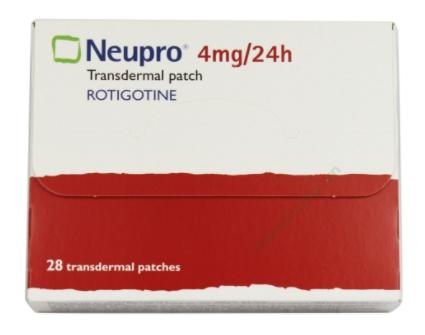Formulation Strategies for Rotigotine API Delivery

Rotigotine, a dopamine agonist, has become a mainstay treatment for Parkinson's disease. However, its effectiveness hinges on efficient delivery of the active pharmaceutical ingredient (API) into the bloodstream. This blog post explores key formulation strategies for optimizing rotigotine API delivery.
The Challenge of Rotigotine Delivery
Rotigotine is poorly soluble in water, posing a formulation challenge. Traditional dosage forms like tablets or capsules wouldn't deliver the drug effectively. To overcome this hurdle, transdermal delivery systems have emerged as the preferred method.
Formulation Strategies for Transdermal Delivery
Matrix Patches: These patches contain rotigotine dispersed within a polymer matrix. The drug releases steadily over time through the skin. Different polymers can be used to control the release rate of the drug.
Reservoir Patches: Here, rotigotine is stored in a separate reservoir surrounded by a rate-controlling membrane. This design offers more precise control over drug release compared to matrix patches.
Pro-drugs: Chemists can create prodrugs, modified versions of rotigotine that are more water-soluble. Once absorbed through the skin, these prodrugs convert back into the active drug form within the body.
Additional Considerations
Skin Penetration Enhancers: Formulations may incorporate penetration enhancers to improve rotigotine's permeability through the skin. These ingredients must be carefully chosen to ensure safety and minimize skin irritation.
Patch Design: The size, shape, and adhesive properties of the patch significantly impact patient comfort and adherence to the treatment regimen.
The Future of Rotigotine Delivery
Research is ongoing to develop even more efficient delivery systems for rotigotine. Some promising areas include:
Microneedle patches: These patches contain tiny needles that pierce the upper layer of the skin, facilitating faster drug delivery.
Iontophoresis: This technique uses a low-level electrical current to enhance the penetration of charged molecules like rotigotine through the skin.
Conclusion
Formulation strategies play a crucial role in maximizing the therapeutic potential of rotigotine. By optimizing transdermal delivery systems, researchers can ensure patients with Parkinson's disease receive effective and sustained treatment.
Disclaimer: This blog post is for informational purposes only and should not be construed as medical advice. Please consult with a healthcare professional for any questions or concerns you may have regarding rotigotine treatment.
- Sanat
- Doğa
- El sanatları
- Dans
- İçecekler
- Film
- Kondisyon
- Gıda
- Oyunlar
- Bahçıvanlık
- Sağlık
- Ev
- Edebiyat
- Müzik
- Networking
- Diğer
- Parti
- Din
- Alışveriş
- Spor Dalları
- Tiyatro
- Yaşam
